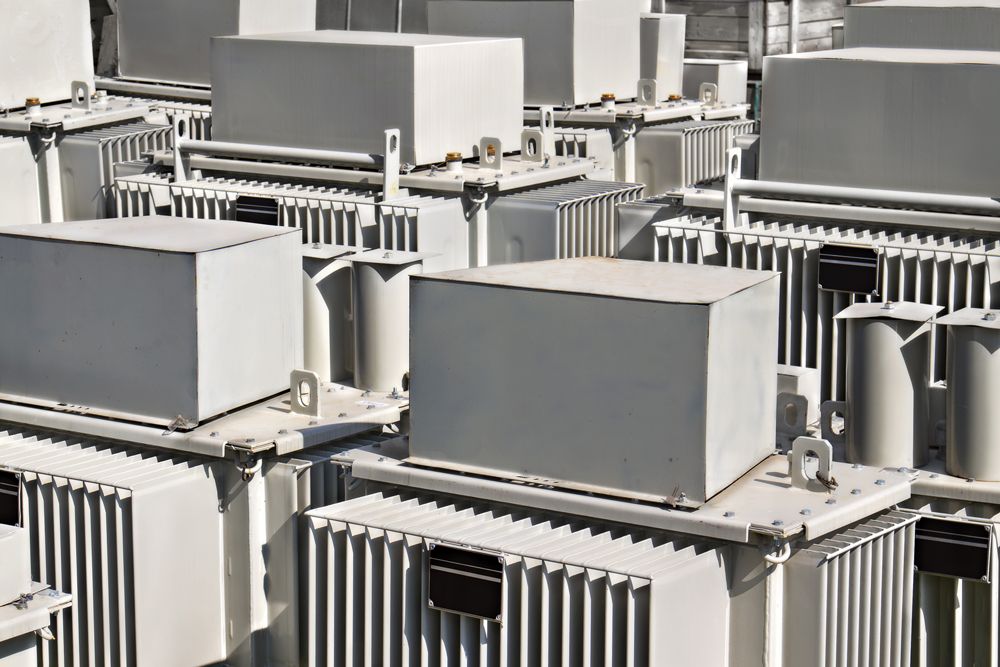Rigging for Utilities
The energy and utility sectors are in full swing, with high voltage power systems and petrochemical facilities expanding throughout the Gulf Coast.
This growth means heavy equipment needs to be lifted and moved as more and more operational components are being assembled on-site to beef up operations.
These jobs call for special lifting and assembly equipment. They also call for experienced rigging that adheres to the fundamental principles of rigging safety: careful selection, rigorous inspection and correct use of the equipment.
No one else in Louisiana beats the team at H. Brown when it comes to executing safe critical lifts inside active refineries and power plants. This work often must be completed without disrupting ongoing day-to-day operations. It is also usually done within a tight schedule.
You can’t stop everything while we work, and we don’t need you to. That’s why our rigging specialists are continuously trained in these areas and more:
- Industrial Basic Safety
- Electrical Substation Training
- Substation Awareness
- Observer Spotter Training
- Transmission & Baseline Training
- Temporary Traffic Control
Too many inexperienced riggers seem to think unsafe practices are acceptable until something bad happens. They aren’t experienced enough to grasp the little details that can have huge consequences, like how much of a determining effect angles have on slings or how increased compressive forces can result in material failure.
When rigging for utilities and petrochemical facilities, it’s necessary to follow a thorough, methodical process. The steps include the following:
Asking the Right Questions
- What is the sling angle? Accurately noting sling angles when calculating the sling load is the most crucial task, but is often overlooked.
- Will side loading be necessary?
- Will the load be under control?
- Are there any unusual loading or environmental conditions such as wind or unstable surfaces?
Equipment Inspection
Here’s perhaps the most important question of all: Has the equipment been properly inspected? Damage to rigging is not always visible to the naked eye.
A proper inspection conducted before the lift can prevent catastrophic rigging failures. Pay special attention to eye-to-eye synthetic slings. Make sure your crew pads slings appropriately and that they take sling angles into account when calculating loading. Padding must be sufficient to handle wear and large enough to ensure protection during the lift.
Advances in equipment in recent years mean methods and tools have changed. Example: Common rigging equipment once included basic synthetic and chain slings, but new designs give riggers in the utility industry efficient, safer alternatives.
These days we’re more likely to use a synthetic sling wrapped with a Kevlar blended material (which protects the sling from wearing out). Even experienced riggers may not know the best equipment for today’s lifts if they haven’t received updated training.
Remember: A reputable rigging service help keep utilities workers safe while helping your facility grow. At H. Brown, we specialize in moving everything from generators to transformers. We can relocate and set HV switchgear, LV switchgear and dry transformers that weigh from 6,000 to 24,000 lbs.
We perform overhead lifts with little or no headroom with obstructions that the other guys just can’t handle. We’ll bring gantries, beam trolleys, cranes of all sizes, slide systems, MatJack, air skates, trucks and even our 40,000 lb. reach lift to complete your job on time and on budget.
H. Brown will always bring trained, insured and experienced personnel to your job, with well-maintained equipment that is best suited for the work we’re doing. From brand new construction and installation to a full decommissioning of power plants (including nuclear); from transformer handling and installation to heavy haul services for turbines and generators, H. Brown gives you the rigging expertise Gulf Coast utilities can rely on.
The post Rigging for Utilities appeared first on H. Brown, Inc..

